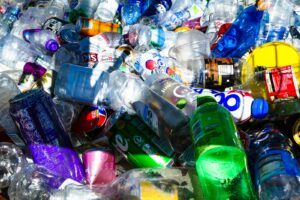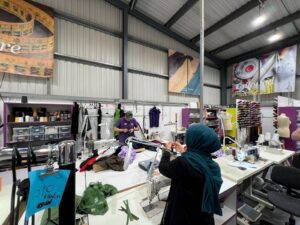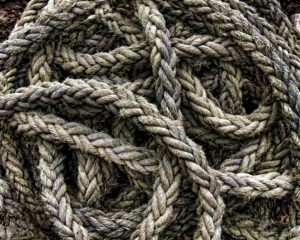Maritime rope could be releasing billions of microplastics to the oceans
The hauling of rope on maritime vessels could result in billions of microplastic fragments entering the ocean every year, according to new research.
Researchers at the University of Plymouth compared a variety of synthetic ropes commonly used in the maritime industry – but differing in age, wear surface and material – in order to assess the quantity and characteristics of the microplastics produced.
This was achieved by simulating, in both laboratory and field experiments, the rope hauling activity which is typically performed onboard maritime vessels such as fishing boats.
They found that new and one-year-old ropes can release around 20 microplastic fragments into the ocean for every metre hauled.
However, as the rope gets older it can release significantly more fragments – two-year-old ropes shed on average around 720 fragments per metre, while 10-year-old rope releases more than 760 fragments per metre.
The researchers have said that in fishing activities the rope length deployed during each haul could be up to 220m depending on the type of vessel and the depth of the ocean.
With more than 4,500 active fishing vessels in the UK, their estimates suggest this could result in anything between 326 million to 17 billion microplastic pieces entering the ocean annually from the UK fleet alone.
Research Fellow Dr Imogen Napper, who led the study, said: ‘These estimates were calculated after hauling a 2.5kg weight. However, most maritime activities would be hauling much heavier loads, creating more friction and potentially more fragments.
‘It highlights the pressing need for standards on rope maintenance, replacement and recycling in the maritime industry. However, it also shows the importance of continued innovation in a synthetic rope design with the specific aim to reduce microplastic emissions.’
Professor Richard Thompson OBE FRS, head of the International Marine Litter Research Unit, said: ‘For centuries, most everyday items including rope and netting used in the maritime industry was produced using natural resources. However, the large-scale increase in plastic production since the 1950s has resulted in plastics progressively replacing their natural counterparts.
‘The durability of plastic has however resulted in a major environmental challenge once items reach the end of their lifetime or, as in this study, when they shed microplastics. Greater appreciation of the issues within wider society are starting to make a difference. However, this study emphasises a previously unquantified yet substantive source of microplastics and reinforces the level of collaboration required to achieve lasting and positive change.’
Photo by Tim Boote
















